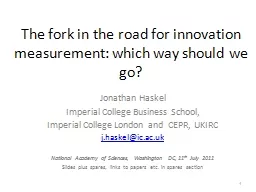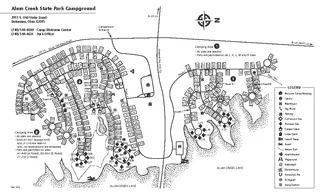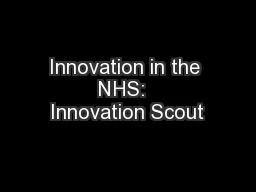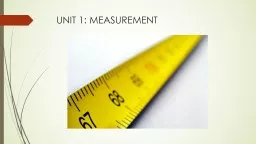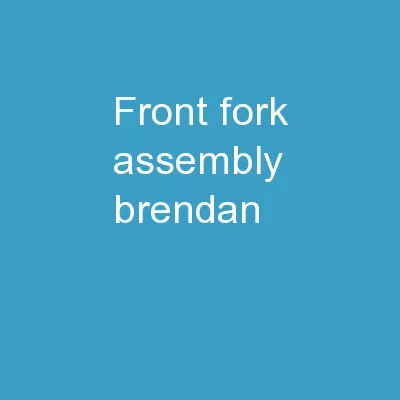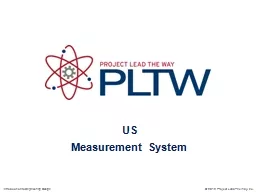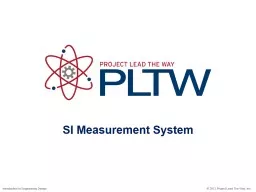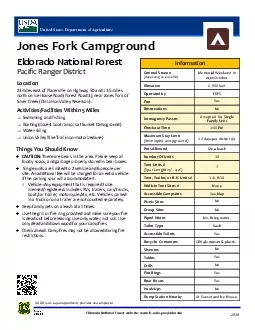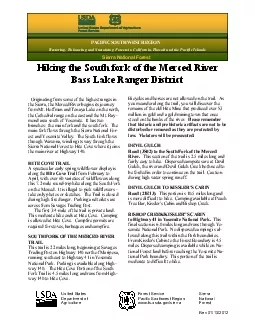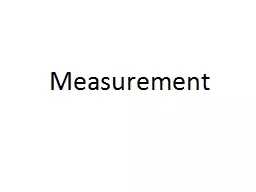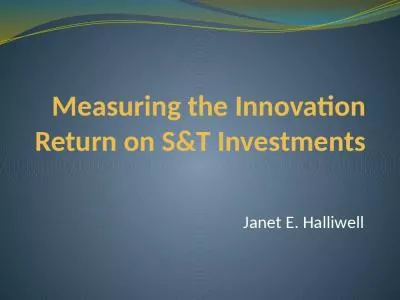PPT-The fork in the road for innovation measurement: which way
Author : test | Published Date : 2016-05-13
Jonathan Haskel Imperial College Business School Imperial College London and CEPR UKIRC jhaskelicacuk National Academy of Sciences Washington DC 11 th July
Presentation Embed Code
Download Presentation
Download Presentation The PPT/PDF document "The fork in the road for innovation meas..." is the property of its rightful owner. Permission is granted to download and print the materials on this website for personal, non-commercial use only, and to display it on your personal computer provided you do not modify the materials and that you retain all copyright notices contained in the materials. By downloading content from our website, you accept the terms of this agreement.
The fork in the road for innovation measurement: which way: Transcript
Download Rules Of Document
"The fork in the road for innovation measurement: which way"The content belongs to its owner. You may download and print it for personal use, without modification, and keep all copyright notices. By downloading, you agree to these terms.
Related Documents

